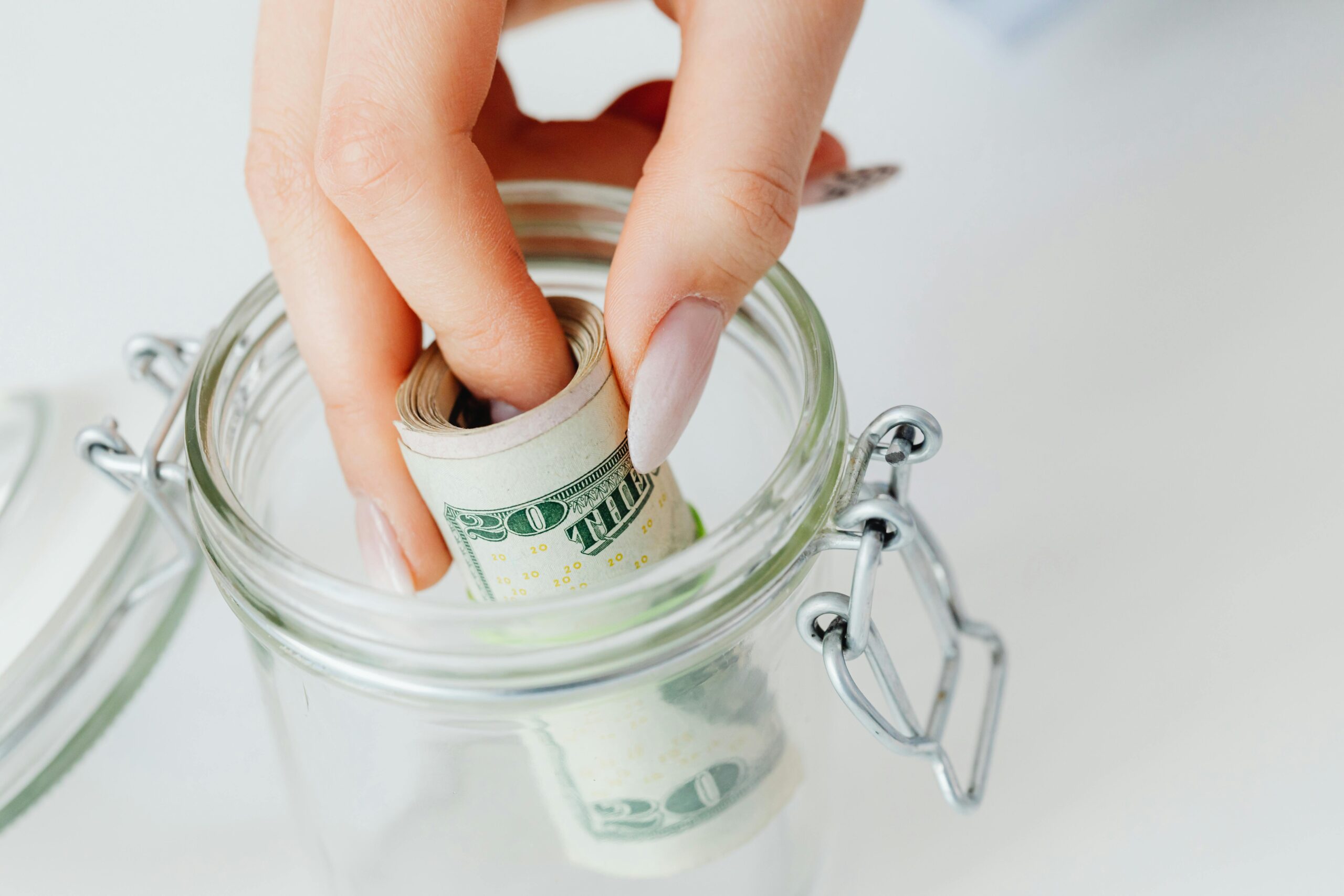“Do not save what is left after spending, but spend what is left after saving.” – Warren Buffett
How Do I Build An Emergency Fund From Scratch?: Building an emergency fund from scratch might feel like an uphill task, especially when you’re juggling bills, debt, or an unpredictable income. But having a financial cushion for emergencies isn’t just smart—it’s essential. It provides peace of mind, protects you from high-interest debt, and gives you options in times of uncertainty.
If you’re wondering how do I build an emergency fund from scratch, here’s a step-by-step guide backed by expert insights.
Statistical Insight: How Do I Build an Emergency Fund From Scratch?
Financial experts recommend saving 3–6 months’ worth of expenses, but surveys show that 57% of Americans can’t cover a $1,000 emergency. To start from scratch, experts suggest setting a small, achievable goal—like $500—and automating deposits from each paycheck.
Top tools searched for emergency savings include:
- High-yield savings accounts (e.g., Ally, Marcus)
- Budgeting apps like Mint and YNAB
- Round-up savings apps like Acorns
Related keywords include:
- “how to save money fast” (12,100 searches)
- “emergency fund tips” (1,600)
This data shows strong interest in building financial safety nets with practical, low-barrier strategies.

1. Understand The Purpose Of An Emergency Fund
An emergency fund is not a luxury—it’s your financial safety net. As highlighted by Morgan Stanley, this fund is designed for unexpected life events: medical emergencies, car repairs, job loss, or urgent home fixes. It ensures you don’t dip into credit cards or long-term savings when emergencies arise.
2. Set A Realistic Savings Goal
According to Securian Financial, a solid emergency fund typically covers 3 to 6 months of essential expenses. You can estimate your need using tools like the JagoInvestor Emergency Fund Calculator, which accounts for your monthly costs and dependents.
Start with a micro-goal: ₹5,000, then ₹10,000, and work your way up.
3. Start Small, But Start Now
It’s easy to feel paralyzed if you can’t set aside a large amount immediately. But as Mintos notes, even saving ₹500–₹1,000 a month adds up. Automate your savings to build consistency—treat it like a recurring expense.
4. Choose The Right Place To Keep It
Your emergency fund should be liquid and easily accessible. Federal Bank recommends parking it in a high-yield savings account, recurring deposit, or short-term liquid mutual fund. Avoid tying it up in long-term investments or stocks.
5. Cut Back Strategically To Boost Savings
If you’re starting from zero, look at your current budget and find opportunities to cut back—subscriptions, takeout, impulse buys. Redirect those savings into your emergency fund. Every small cut fuels your security cushion.
Final Thoughts
Building an emergency fund from scratch is one of the most empowering financial decisions you can make. It may start small, but it builds financial resilience that lasts a lifetime.
FAQs
How Do I Build An Emergency Fund From Scratch With Low Income?
Start small, automate savings, and treat your emergency fund like a monthly bill—even if it’s just ₹500/month.
How Much Should I Have In An Emergency Fund?
Aim for 3 to 6 months of essential living expenses—covering rent, groceries, insurance, utilities, and minimum debt payments.
Where Should I Keep My Emergency Fund?
Use a high-interest savings account or a liquid fund that offers quick access and no withdrawal penalties.
Can I Use A Credit Card As An Emergency Fund?
No. Credit cards create debt. An emergency fund gives you financial independence without interest burdens.
How Long Does It Take To Build A Full Emergency Fund?
It depends on your income and expenses, but even saving consistently for 6–12 months can build a strong cushion.
Should I Invest My Emergency Fund?
No. Keep it risk-free and accessible. Investments can fluctuate—emergencies don’t wait for the market to recover.
What Expenses Count As An Emergency?
Medical emergencies, job loss, urgent repairs, or family crises. Not planned purchases or vacations.

